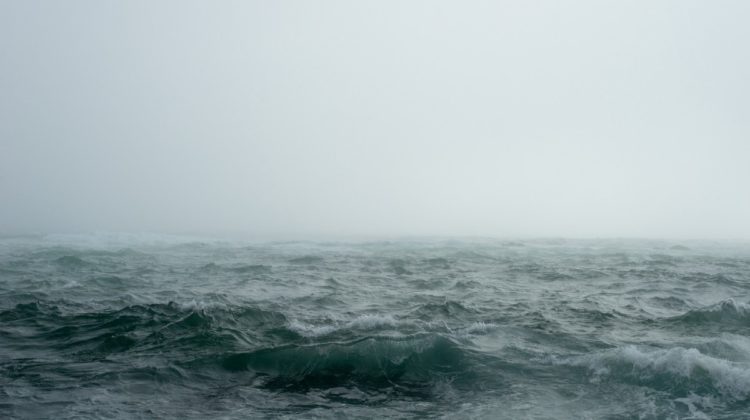
This is the fourth edition of my weekly update on deep learning. Every Thursday, I’ll release a new batch of research papers, blog posts, Github repos, etc. that I liked over the past week. Links are provided for each featured project, so you can dive in and learn about whatever catches your eye. If you missed the last few editions, you can find them here:
All thoughts and opinions are my own. Follow or check back next week for more. Enjoy!
Google Brain fires Timnit Gebru
Normally, I try to focus on positive news in deep learning, but this week is an exception. Renowned AI ethics researcher Timnit Gebru was abruptly fired by Google Brain on Friday. Timnit was fired after declining to withdraw a research paper from the FaaCT conference, which highlighted ethical concerns with large natural language models. Several of her Brain teammates, as well as thousands of others on social media, have spoken out in support of Timnit. Many AI experts have retaliated by refusing to review Google research papers.
Google is currently the world’s largest contributor to AI research, measured by number of research publications. But many of their employees are upset, and Google management has expressed little interest in remedying the situation. Timnit’s research aims to make AI more ethical, environmentally responsible, and equitable for all people. And so everyone should be concerned by this story — not only those who work in AI. It shows the power of big tech companies, their moral conflicts, and their potential for suppressing less-than-flattering research and ideas.
pixelNeRF: Neural Radiance Fields from One or Few Images
[ArXiv][Github]
pixelNeRF predicts three-dimensional scene representations from as few as one image. Users can change the simulated camera orientation, and the model generates a corresponding image for that viewing angle. Previously, neural radiance fields required multiple images and were slow during inference. So, pixelNeRF represents a leap forward in 3D scene representation and understanding.
Pre-Trained Image Processing Transformer
[ArXiv]
Transformers have started overtaking CNNs in high-level vision tasks, and Image Processing Transformer (IPT) is the first to beat CNNs at low-level vision tasks, such as denoising, super-resolution, and deraining. IPT won’t receive nearly as much attention as ViT or DETR, because image processing isn’t as glamorous as image recognition or object detection, but it represents a significant milestone for attention-based models in computer vision.
This figure really caught my eye. It shows that IPT will continue to improve with more data. Apparently, the entire ImageNet dataset isn’t enough to saturate IPT’s performance.
pi-GAN: Periodic Implicit Generative Adversarial Networks for 3D-Aware Image Synthesis
[ArXiv][YouTube]
The pi-GAN model can generate high-quality, view-consistent 3D images from a single unlabeled image. Unlike previous GAN approached to 3D rendering, pi-GAN actually models the underlying volumetric representation for each object. This leads to much higher image quality across a variety of viewing angles. Code hasn’t been publicly released for this project yet, but I’m eager to play around with pi-GAN once it is! The demo YouTube video is pretty entertaining/hypnotizing:
Nimble: Lightweight and Parallel GPU Task Scheduling for Deep Learning
[ArXiv][Github]
This is possibly my favorite thing from NeurIPS 2020, but it has received relatively little attention so far. Nimble accelerates both inference and training for neural networks through efficient GPU scheduling. It has some seriously impressive benchmarks, and a beautifully simple user interface. Users change as few as two lines of code, and it automatically runs their model faster using one or more GPUs. I highly recommend checking it out.
Conclusion
Everything has been a bit slow lately, because NeurIPS is this week! Many of the world’s best deep learning researchers are presenting their work (virtually) at the conference. Expect the research activity to pick up again over the next couple weeks. If you enjoyed the article, follow me and The DL to get future weekly updates and other technical articles.
